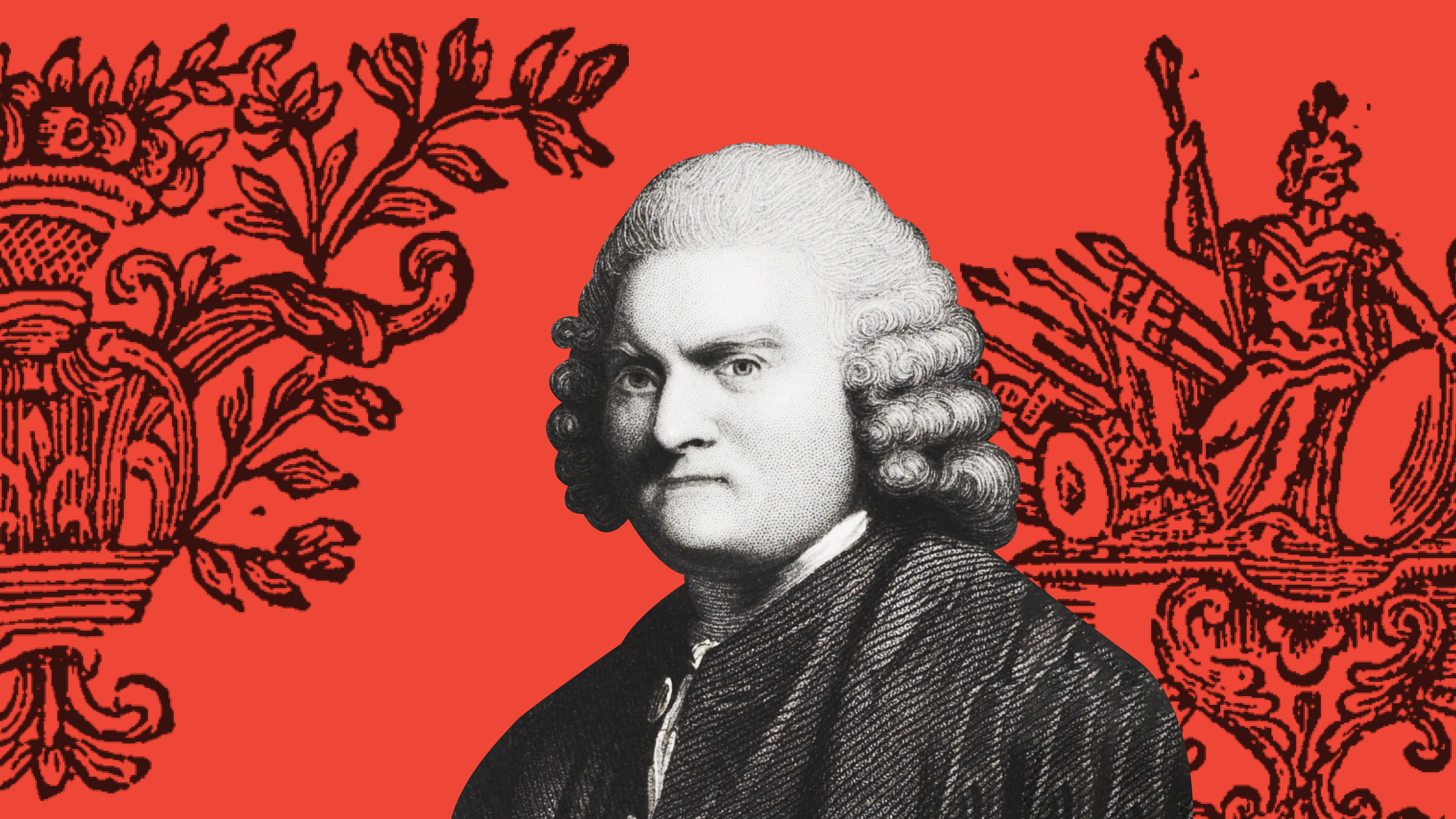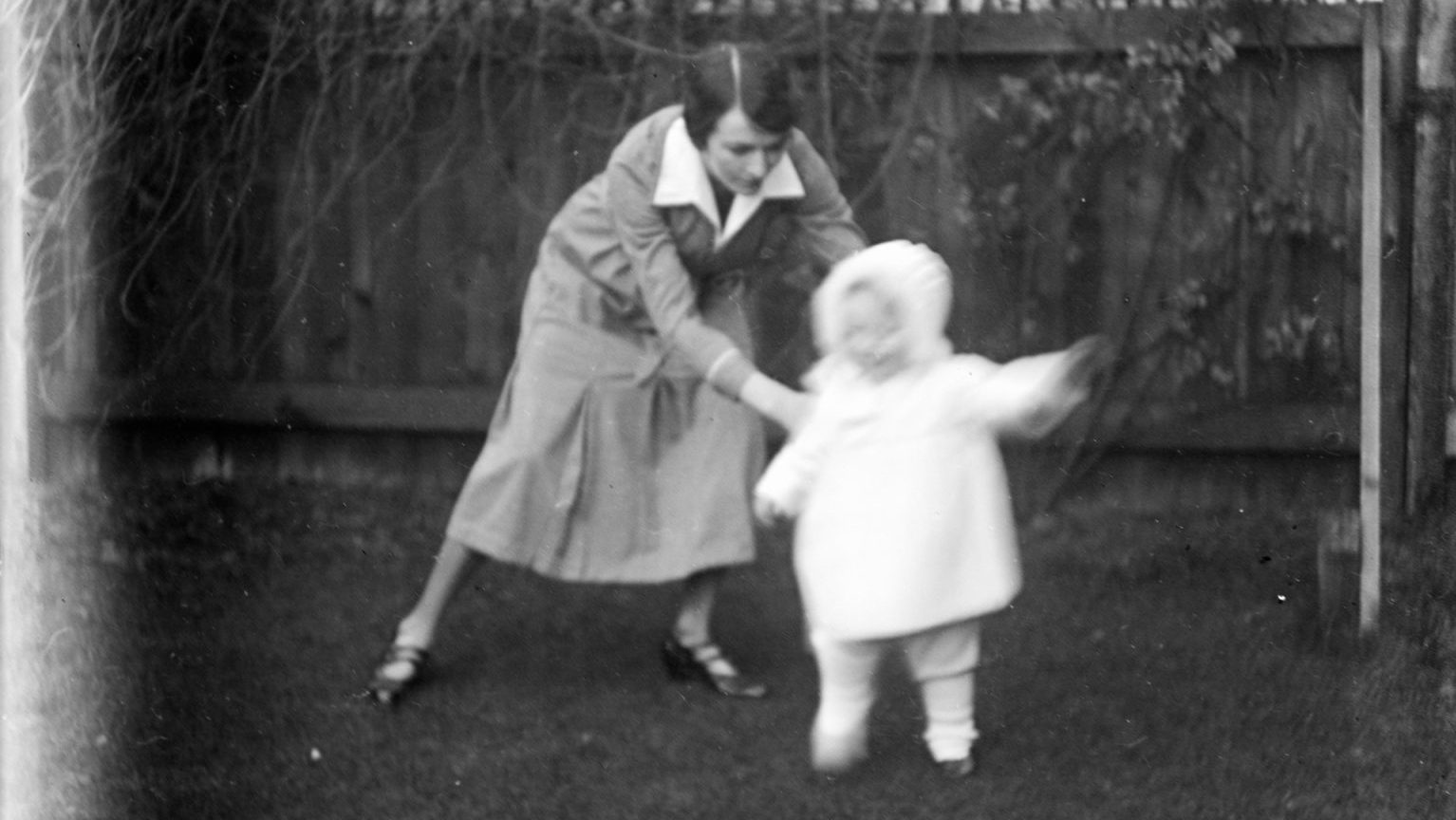Does secularization cause population decline? It did in France

- The standard model of population growth fails to explain France’s declining birth rates in the 18th century, which happened despite high mortality and poverty.
- A new paper suggests that the key reason for this anomaly was the secularization of French society, which began well before the French Revolution.
- While the paper does not argue that secularization always leads to population decline, it provides an interesting historical case study.
There is a standard model for population growth and decline. For most of human history, life has been hard. It has meant starvation, plague, and high child mortality. And so, human societies had lots of children. If many people died, a population needed to have many more children to compensate. Eventually, living standards increase (through education and development), and overall mortality drops. There’s a century or so lag in cultural norms in which people still have lots of children, but they’re not dying as much. A population explosion ensues. But eventually, things normalize. The population stagnates and then declines, as the smaller population enjoys greater prosperity. Most countries, and most of history, is governed by this model.
But not France. In the history of demography, France stands out as an awkward aberration. Around the 18th century — during a time when the country was still very poor with high mortality — France experienced a population decline. In the 1700s, the French stopped having enough children to compensate for the vast number of people dying. Historians have long speculated about what caused this anomaly. According to a new paper from the University of Manchester, we now have an answer: secularization.
The French attitude to religion
The French Revolution of 1789 was, among other things, heavy-handedly secular. The new French governments in the wake of the revolution destroyed Christian statues and took down crosses, and the Cult of Reason and the Cult of the Supreme Being replaced any formal, organized religion. But French secularization began long before 1789. In his paper, Guillaume Blanc noted several markers of this. First, secular wills (rather than religious) increased from 10% in 1710 to 80% by 1780. Second, there were far fewer clergymen per capita at the end of the 18th century compared to its beginning.
What’s more, in the centuries before the French Revolution, France had suffered religious wars and sectarian persecution. After the Wars of Religion (1562-1598), France was hugely divided, with Catholic areas and Protestant areas. Such divisions allowed Blanc to examine secularization in France as a whole as well as regionally.
Declining fertility and secularization
Blanc discovered that, both nationally and regionally, greater secularization correlated with lower birth rates. When the French became more secular, they had fewer children. In the areas of France with more clergy (a proxy for greater religiosity), there were more children. Of course, this makes sense. When you take away a faith that encourages you to have children, you no longer feel the need to do so.
Was secularization the sole cause of this population decline? Blanc believes the answer is yes. He writes:
“Neither literacy, nor population density, or urbanization had a significant or large effect on the timing of transition [to reduced fertility]. These results suggest that the accumulation of human capital, pre-industrial, or contemporary development were not drivers of the transition in France, in line with the evidence at the macroeconomic level.”
Even accounting for other factors, secularization appeared to be the primary catalyst reducing France’s population.
Baby boom in Britain
Today, France is considerably smaller than Germany and roughly the same size as the UK. But in the 18th century, roughly one in six Europeans was French. They were, by a large margin, the most populous nation on the continent. It is illuminating to compare how France and Britain evolved over the ensuing decades.
Great Britain was the first and leading nation of the Industrial Revolution. During the 1700s, education, productivity, and quality of life all improved considerably in England and Wales. And, as the standard model predicts, the population increased. Since the Industrial Revolution also meant a huge economic boom, British per capita GDP also increased. In other words, Britain got bigger and richer.
France, though, industrialized much later. As Blanc put it, “In every respect, 18th-century France lagged one to two hundred years behind England, the cradle of the Industrial Revolution.” Yet its per capita GDP mirrored Britain’s almost perfectly. How? Because of France’s declining birth rates. The French had fewer people to enjoy the collective wealth in the country. Therefore, “the French achieved the same growth in income per capita after 1760, simply by challenging the authority of the Church and reducing fertility, therefore limiting the increase in the denominator.”
C’est comme ça
Blanc’s paper is not meant to revise the established model of population change. The reason France is interesting is because it’s different, so it would be perilous to apply these conclusions — namely, that secularization leads to population decline — beyond 18th-century France. C’est comme ça.





